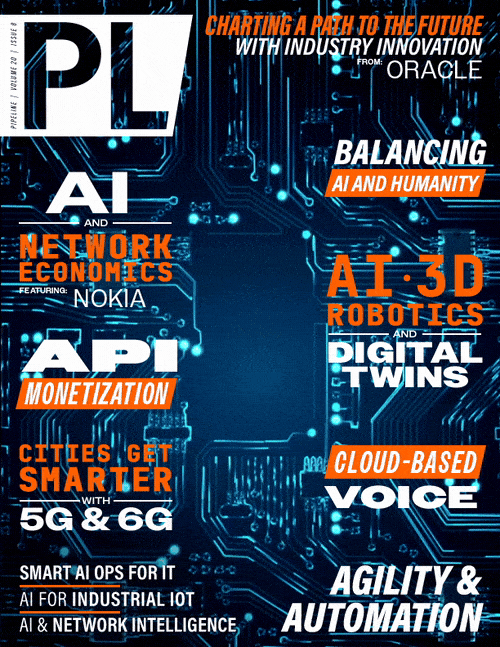The Network Economics of AI are Driving
Bandwidth to the Metro Edge
In addition, operators can opt for pluggable DCOs operating at 100 Gb/s per wavelength to enhance low-capacity edge nodes or backhaul links, enabling direct 100G uplinks over a common WDM infrastructure. By employing pluggable DCOs, network operators can right-size metro connection speeds while exploiting the higher capacity and longer reach of WDM as compared to gray optics.
Another critical requirement for optical network operators is selecting platforms and solutions optimized for metro edge applications. These platforms need to be small, compact, scalable, and energy-efficient, avoiding being burdened by the requirements of regional and long-haul network solutions. They must support both AC and DC power feeds for use in telco and customer premises applications and feature an extended operating temperature range and outside-plant compatibility for deployment in uncooled outdoor cabinets.
Edge-optimized line cards and features are essential elements to meeting the diverse requirements of the metro edge. They include compact multi-service aggregation cards that support packet and OTN aggregation of various protocols and port speeds. The aggregated traffic is then fed into high-speed uplinks using 100 Gb/s, 400 Gb/s and 800 Gb/s pluggable DCOs.
Photonic management of wavelengths can now be extended to the metro edge, using compact reconfigurable optical add/drop multiplexers (ROADMs) that support four- or nine-degree connections. These ROADMs are ideal for adding or dropping a few wavelengths at a node, functioning as a two-degree node on an aggregation ring, or as a four-degree node to couple rings as traffic is gathered across the core and edge. The use of ROADMs in metro scenarios allows for the drastic reduction of the cost of deploying new services and provides an additional layer of reliability, which is becoming increasingly relevant as the capacity in the metro edge grows.
An optimized metro edge solution should seamlessly integrate into a network operator’s end-to-end optical network, ensuring maximum operational efficiency and enabling end-to-end services. This includes supporting synchronization distribution from primary clocks to the edge.
Despite the differences between core, regional and metro networks, the ability to share standardized elements, such as common line cards, will minimize sparing costs and training requirements. Consistent operating and management systems across the network are also crucial, allowing the service provider to minimize training, standardize operational processes, and support optical network automation capabilities from end to end.
The Focus is on the Edge
Although the hype around AI sometimes seems overblown, it would be imprudent to ignore the seismic shift these technologies represent. Some are even arguing that the limiting factor to AI adoption may not be processing capabilities but sufficient power. This highlights the stress that will be put on some of our most fundamental infrastructure.
Along with power grids, networks serving dense, highly-connected and automated population centers will be under extreme stress as AI-based use cases explode over the next decade, and the metro
edge is where most of this action will occur. There will be a wide diversity of applications, players and rapidly shifting loads to meet. This represents an enormous opportunity for network
providers but a daunting challenge too — one that will only be met with a metro edge that is designed to be highly scalable, efficient, resilient, and adaptable.



















